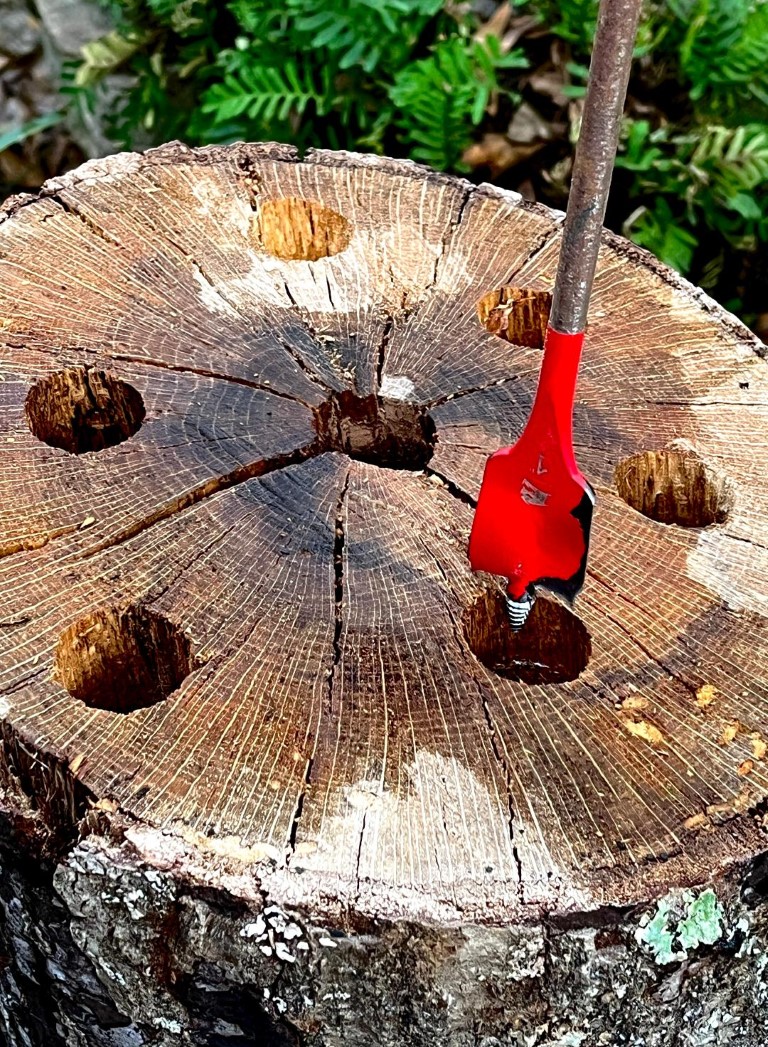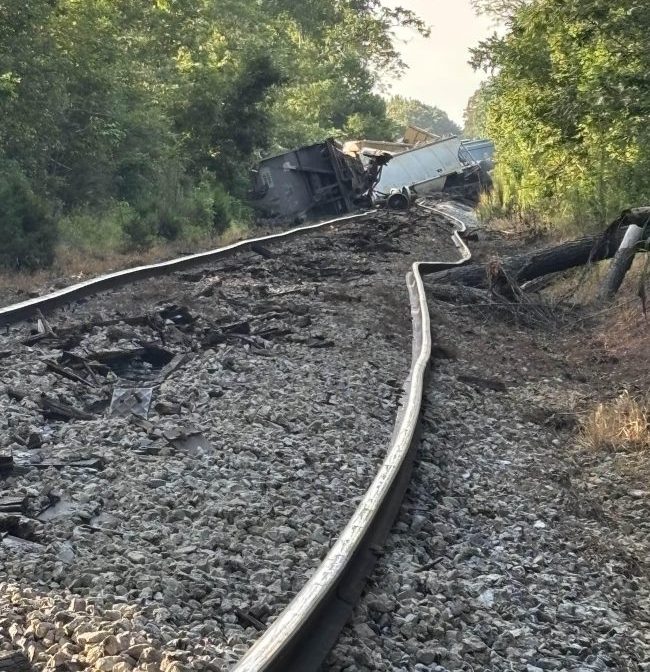Salter: Unconventional solutions required to decrease feral hogs
Published 12:00 am Friday, July 22, 2016
STARKVILLE – Despite the high-decibel discussions in either opposition to Big Government in among Republicans in Cleveland or the coming embrace of it by Democrats in Philadelphia at the national party conventions, people welcome big government when it comes to fighting the wild hog wars in rural America.
One might observe that folks go “hog wild” for big government solutions to the feral hog problem – and with good reason.
Wild or feral hogs represent one of the nation’s most persistent and pervasive ecosystem threats and do an estimated $1.5 billion in crop and land damage. In addition, the animals carry any number of diseases (including some 45 distinct parasites and diseases) and threaten not only the nation’s domestic pork industry, but other livestock, pets, wildlife, and even human health.
The pests have no real natural predator other than humans and they are voracious breeders whose populations can double in a year. According to the Mississippi State University Extension Service, 100 wild hogs can consume three to five percent of their body weight daily. That’s 600 pounds of food a day, or 110 tons of food annually.
What do they eat? Pretty much anything they find, but mostly acorns, muscadines, and other forage. They root up sweet potato and peanut crops, they destroy rice crop levees, and they will also eat reptiles, frogs, and small mammals. They eat the eggs of birds who nest on the ground.
Farmers, hunters, foresters and others who are familiar with the viral spread of the feral hog population in rural America understand the threat these animals represent not only to agriculture, but to water quality and other concerns that will soon spread to the suburbs if left unchecked. But to city dwellers or those who never venture onto farms or into the woods and wetlands, the idea that several years ago the U.S. Department of Agriculture initiated a literal air war against feral hogs might seem overkill or downright silly.
Not so much. Virginia and North Carolina just became the last two states in the continental United States to allow the federal government to utilize “aerial culling” – the extermination of feral hogs by sharpshooters from helicopters – in the battle to hold back the wild hog invasion.
Is that really necessary or advisable? Well, yeah. Because of their prodigious breeding habits, effective population control requires the removal of 50 percent of the wild hog population just to stop population increase and 70 percent removal of the hogs to eventually exterminate them. The likelihood of achieving that kind of control is pretty slim.
Texas has a hog problem and allows open hunting, including from the air. Heli-Hunter is a company that offers paying customer hunters a chance to shoot hogs from a helicopter using a 12 gauge shotgun shooting 00 buckshot from an AR-15 magazine as a legal hunting experience.
The North Carolina law doesn’t authorize that. In North Carolina, a major pork-producing state, aerial culling is a pest-control wildlife management exercise that’s not open to the public.
In Mississippi, the majority of feral hog control is accomplished by traditional hunting and trapping and by the use of thermal imaging to enhance traditional hunting. The state’s thick forests and swamps make aerial culling less effective than in areas like Texas.
Perhaps the most effective tool against the spread of feral hogs in the state has been wise legislation that made it legal for licensed hunters to shoot hogs on private lands year round, day or night, and approved the use of feed/bait under certain conditions. Public land hog hunting is somewhat more restricted.
Mississippi’s deer hunters harvest more than 70,000 hogs (and that number may be light) annually. Without them, motorists and suburbanites would very likely be encountering more of the hogs than they are now.
The USDA air wars aside, the hogs are still winning the population growth battle nationally and within Mississippi’s borders. So far, not even Big Government has impressed the hogs.
(Sid Salter is a syndicated columnist. Contact him sidsalter@sidsalter.com.)





